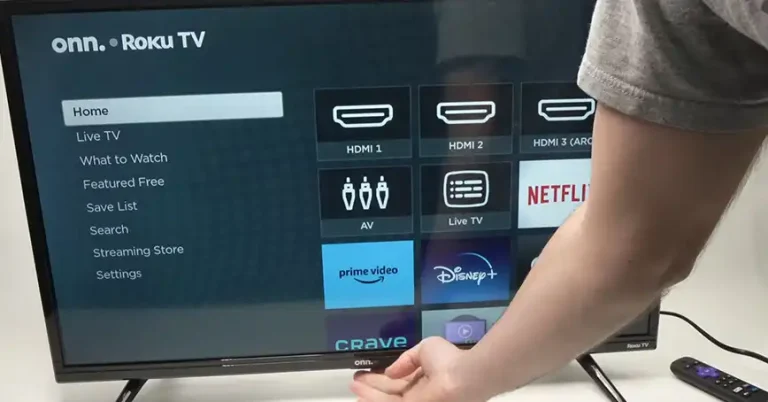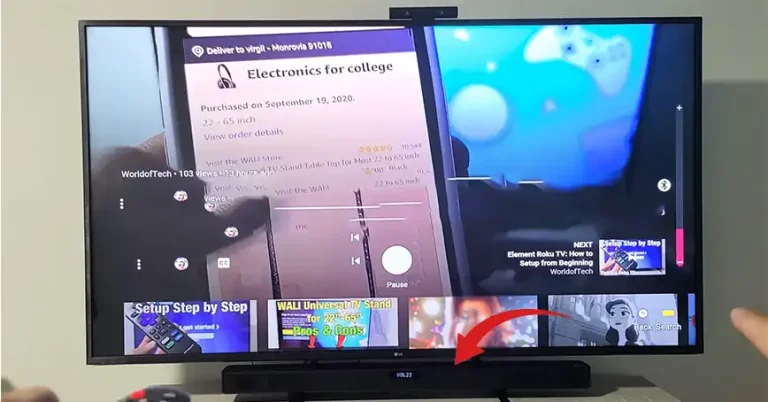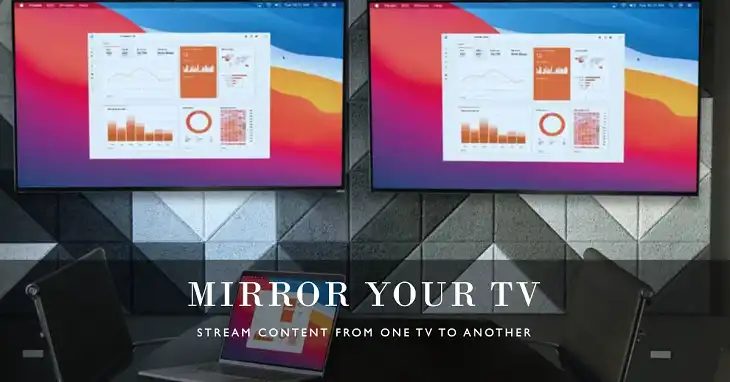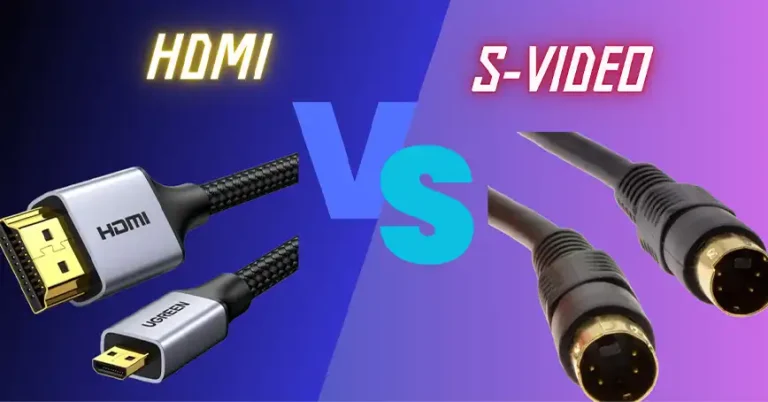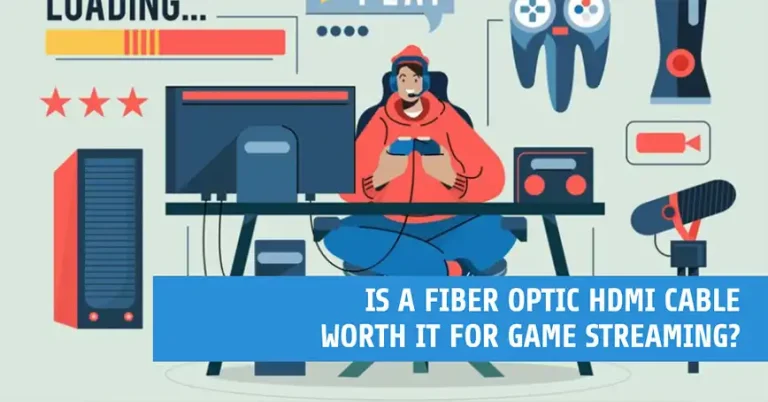Can You Splice an HDMI Cable? [Answered]
Ever wondered if you can just splice an HDMI cable like you would any regular wire? Well, in short – it’s not recommended!
These cables may seem basic on the outside, but inside they’ve actually got a bunch of tiny wires carrying data at super fast speeds. Any wrong moves while splicing can mess up the connections and cause issues with your video and audio quality.
Instead, I’ll explain a couple of better options to extend or repair your HDMI cables without splicing. Read on to learn why and get my handy tips.
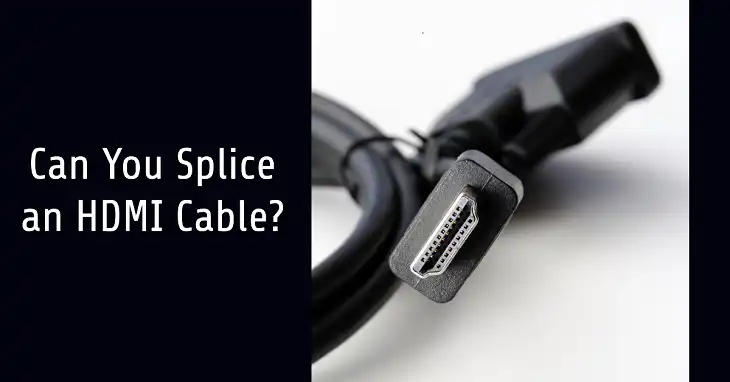
Why Splicing an HDMI Cable is Not Recommended?

It’s not impossible to splice an HDMI cable. However, it is quite difficult and generally impractical to splice an HDMI cable and maintain full functionality.
This is because HDMI cables are designed for extremely high-speed digital data transmission over multiple impedance-controlled differential conductor pairs. For example, HDMI 2.0 operates at 18 Gbps while HDMI 2.1 can reach 48 Gbps.
If you cut and splice an HDMI cable, you introduce an impedance discontinuity that will almost certainly degrade the cable’s performance. Even tiny variations in the conductor lengths of the differential pairs after splicing can severely disrupt the signals.
Complexity of the Cable
HDMI cables seem simple on the outside with the single cable jacket, but inside they actually contain multiple thin, delicate wires.
HDMI cables contain 19 internal wires that carry different signals:
- There are 3 TMDS (Transition Minimized Differential Signaling) twisted pair data lanes running at up to 16 Gbps per lane for bandwidth-intensive audio and video.
- Separate DDC (Display Data Channel), CEC (Consumer Electronics Control), and HEC (HDMI Ethernet Channel)/ARC (Audio Return Channel) wires for additional data channels.
In addition, there is a drain wire and an overall foil shield.
With so many tiny wires to splice properly, it becomes extremely difficult to match up and reconnect each conductor accurately when splicing. Even the slightest wrong move can mess up the pin connections. This complexity makes HDMI cables impractical to manually splice effectively.
Signal Integrity Issues
HDMI signals operate at very high speeds. For example, a 4K 60Hz HDR video signal runs at nearly 20 Gbps. At these speeds, even tiny disruptions can result in signal degradation.
Splicing an HDMI cable introduces multiple risks to signal integrity:
- Impedance mismatches – If you cut and splice an HDMI cable, you introduce an impedance discontinuity that will almost certainly degrade the cable’s performance. Even tiny variations in the conductor lengths of the differential pairs after splicing can severely disrupt the signals.
- EMI interference – Exposed wires are prone to electromagnetic interference, potentially corrupting data.
- Faulty connections – Even microscopic gaps or shorts between conductors can severely degrade the signal.
- Bandwidth bottlenecks – Splices may act as bottlenecks, unable to support the full HDMI bandwidth.
- Latency – The extra junctions introduced by splicing will increase latency, which can cause display sync issues like audio lag.
- Physical stability – Splices may be prone to coming loose over time as the cable is moved.
These factors can result in a range of HDMI connection problems:
- No signal or intermittent signal loss
- Pixelation, distorted image
- Color accuracy issues
- Blank or flickering screen
- HDMI handshake failures
- HDCP errors
- Audio effects like pops, clicks, or lag
While a spliced HDMI cable may seemingly work at first, the effects often worsen over time as the connection degrades. Intermittent issues also become more likely.
Alternatives to Splicing HDMI
To avoid the pitfalls of splicing HDMI cables, you’re better off using these alternatives:
Purchase a New HDMI Cable
For many situations, it is best to simply buy a brand new cable in the longer length you need. HDMI cables are quite affordable these days, available even for just a few dollars online in a wide variety of lengths.
Getting a new, longer single-piece factory manufactured cable ensures consistent end-to-end performance and integrity. Pre-made cables have optimized wire gauge sizes and shielding for HDMI signal transmission through the full length. The connectors are also properly installed to match both ends.
So when extending your setup, just measure the required HDMI cable length and purchase a new cable suited for it. This guarantees reliability compared to splicing which can be hit or miss.
Use an HDMI Coupler (if extending the existing cable is needed)
If you specifically need to lengthen your existing HDMI cable rather than replacing it completely, you can use an HDMI coupler.
An HDMI coupler is a short adapter piece designed to properly join and extend two HDMI cable segments. It maintains the correct wire pinouts, impedance, and signal shielding between the cables.
Couplers join the cables much more reliably than DIY splicing since they have internal circuitry to buffer, amplify, and reconstruct the HDMI signals. So signal integrity is preserved across the connection point.
Though HDMI couplers cost a bit more than bare splicers, they are still an affordable option priced around $10-$20. The ease of installation and performance make HDMI couplers well worth it compared to splicing.
Just insert the existing cable on one side and the new extension cable on the other side of the coupler. It will seamlessly extend your HDMI connection at full 4K/8K speeds with no signal quality loss or transmission issues.
End Notes
So in a nutshell, splicing HDMI cables is really tough to do correctly. All those tiny internal wires are tricky business! Your best bet is to just buy a new long cable or use a coupler gadget to join them instead of splicing it yourself. That way you can be sure your HDMI connection keeps working reliably. Thanks for checking out my guide! Let me know if you have any other questions.

